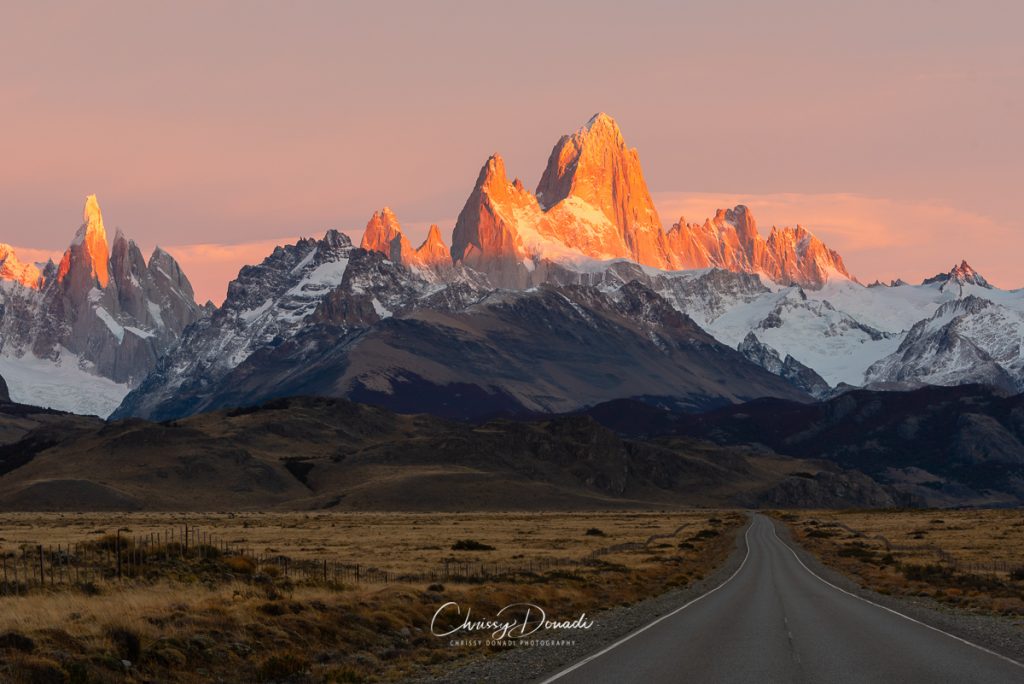Color Management in Landscape Photography
Color. It’s a big reason why photographers return to a location time after time. We want to showcase that location at its best. So we search for that moment when it all comes together. That moment when the sun sets the sky on fire. We see the saturation and vibrance in the sky. When we are able to finally capture that moment, we want to convey those brilliant, bold, magnificent colors to the world. And 9 times out of 10, at the start of our color management journey, we completely over-process the image. Do fret too much. Every photographer has done it. We look back at an image processed a few months prior and think “oh, that color looks a little overdone.”
There are many reasons why the color may seem overcooked. From computer monitor calibration to a photography filter tinting the image with color cast. With that said, I think one of the biggest culprits of this offense are the saturation and vibrance sliders in Adobe Lightroom. They make it so easy to boost the color. You come back to the image and then you bump it up a little more. Make a few more edits. Finally, tap that slider one more time. Before you know it, you have an unrealistic image that looks like an HDR photo gone terribly wrong. For that reason, I think understanding the difference between Saturation and Vibrance sliders in Adobe Lightroom’s Basic Panel is critical. We’ll circle back to other color management advice in other posts.

The Difference Between the Saturation and Vibrance Sliders in Lightroom
In the Basic Panel of Adobe Lightroom, the Saturation and Vibrance sliders will apply global changes to your image. However, each changes the colors differently. In general, my post-processing workflow is to first make global adjustments. These changes will impact the image as a whole. Afterward, I will make localized adjustments, which are adjustments to specific areas of the image.
Saturation
The Saturation slider is a uniform adjustment to the saturation of all colors in your image. It will saturate every color in your photo equally, no matter if it is a highlight, shadow, or midtone, even if some colors are more intense than others straight out of the camera. With landscape photography, this choice isn’t always the best route. For example, if a landscape image starts with only a strong intense red color, the saturation slider may be too strong of an effect. This is because it may push the red to an unrealistic result even though it brings the other muted colors to life.
Look below how the 100% saturation example pushes the red in the clouds and sky into almost a surrealistic effect. Take note of the more subtle color changes in the foreground water as well as the darkening of the blue in the sky.
Full Saturation Example


Vibrance
The Vibrance slider is a discriminatory global adjustment tool. It impacts the midtones of the image. Therefore, it will apply more saturation to the subdued or muted colors. Unlike the Saturation slider, the Vibrance slider essentially ignores the already intense colors provided you don’t push that slider to the extreme limit.
In the 100% vibrance example below, the blue in the sky darkens and blotches to the point of being unrealistic while the reds in the sky remain much less affected than with the saturation example. However, the water in the foreground does have a much stronger color casting through it as well s the fjords in the background. In the beginning, it pays to experiment with both sliders to see how the colors are altered and which aesthetic you prefer for your editing style.
Full Vibrance Example


Practical Use of Saturation and Vibrance
To reiterate, the examples above are increasing the saturation and vibrance on a global level. They impact the entire image. There are occasions that I will make global adjustments in my post-processing. Albeit, they are subtle adjustments with the slider. In most cases, I will use these sliders to make localized adjustments to a specific area of the image through masks in both Lightroom and Photoshop.
I hope this helps explain the difference between the vibrance and saturation sliders and helps you select the best way to use them in your post-processing. Happy editing!
+ show Comments
- Hide Comments
add a comment